
Tell your friends about this item:
The Sundering Flood. by
William Morris
The Sundering Flood. by
William Morris
The Sundering Flood is a fantasy novel by William Morris, perhaps the first modern fantasy writer to unite an imaginary world with the element of the supernatural, and thus the precursor of much of present-day fantasy literature. The Sundering Flood was Morris' last work of fiction, completed only in rough draft, with the ending dictated from his deathbed. It was edited posthumously by his daughter May into finished form for publication and published in 1897. Morris considered his fantasies a revival of the medieval tradition of chivalrous romances; consequently, they tend to have sprawling plots of strung-together adventures. His use of archaic language has been seen as difficult by some modern readers. Plot summary[edit] Osberne Wulfgrimsson and Elfhild are lovers who live on opposite sides of the Sundering Flood, an immense river. When Elfhild disappears during an invasion by the Red Skinners, the heartbroken Osberne takes up his magical sword Boardcleaver and joins the army of Sir Godrick of Longshaw, in whose service he helps dethrone the tyrannical king and plutocracy of merchants ruling the city at the mouth of the river. Afterwards he locates Elfhild, who had fled with a relative, a wise woman skilled in the magical arts, and taken refuge in the Wood Masterless. Elfhild tells Osberne of their adventures en route to safety. Afterwards they return together to Wethrmel, Osberne's home, and all ends happily. William Morris (24 March 1834 - 3 October 1896) was an English textile designer, poet, novelist, translator, and socialist activist. Associated with the British Arts and Crafts Movement, he was a major contributor to the revival of traditional British textile arts and methods of production. His literary contributions helped to establish the modern fantasy genre, while he played a significant role in propagating the early socialist movement in Britain. Born in Walthamstow, Essex, to a wealthy middle-class family, Morris came under the strong influence of medievalism while studying Classics at Oxford University, there joining the Birmingham Set. After university he trained as an architect, married Jane Burden, and developed close friendships with the Pre-Raphaelite artists Edward Burne-Jones and Dante Gabriel Rossetti and with the Neo-Gothic architect Philip Webb. Webb and Morris designed a family home, Red House, then in Kent, where the latter lived from 1859 to 1865, before moving to Bloomsbury, central London. In 1861, Morris founded a decorative arts firm with Burne-Jones, Rossetti, Webb, and others: the Morris, Marshall, Faulkner & Co. Becoming highly fashionable and much in demand, the firm profoundly influenced interior decoration throughout the Victorian period, with Morris designing tapestries, wallpaper, fabrics, furniture, and stained glass windows. In 1875, Morris assumed total control of the company, which was renamed Morris & Co.
| Media | Books Paperback Book (Book with soft cover and glued back) |
| Released | October 5, 2016 |
| ISBN13 | 9781539346982 |
| Publishers | Createspace Independent Publishing Platf |
| Pages | 142 |
| Dimensions | 203 × 254 × 8 mm · 294 g |
| Language | English |
More by William Morris
Others have also bought
More from this series
See all of William Morris ( e.g. Paperback Book , Hardcover Book , Book , MERCH and Board book )

 Christmas presents can be returned until 31 January
Christmas presents can be returned until 31 January










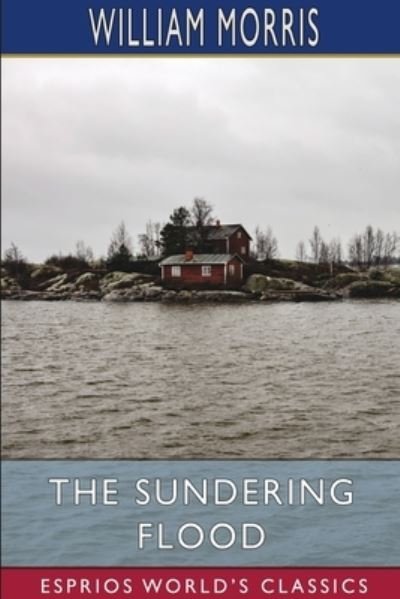



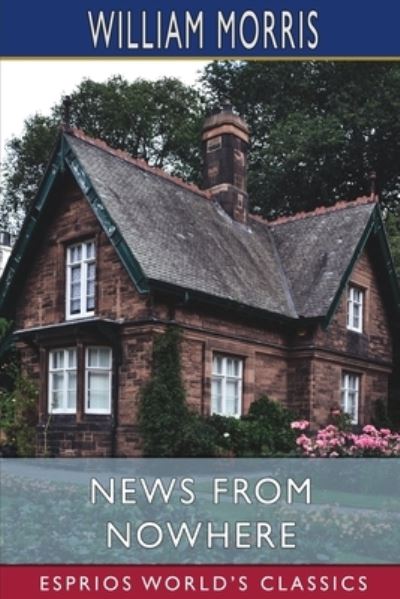










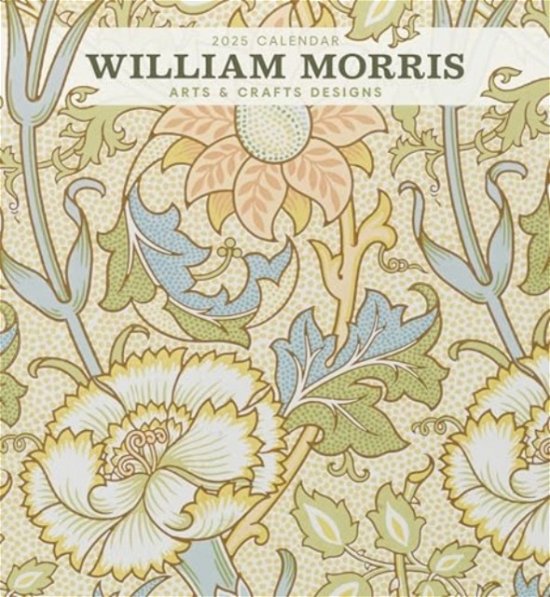








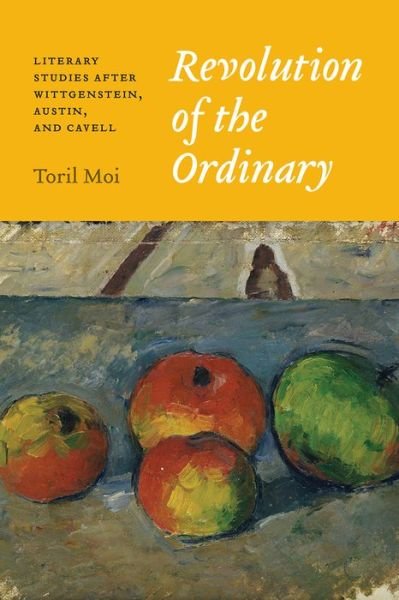
![Cover for Fjodor Dostojevskij · Rosinantes Klassikerserie: Forbrydelse og straf (Sewn Spine Book) [3rd edition] (2010)](https://imusic.b-cdn.net/images/item/original/799/9788763814799.jpg?fjodor-dostojevskij-2010-rosinantes-klassikerserie-forbrydelse-og-straf-sewn-spine-book&class=scaled&v=1332799212)
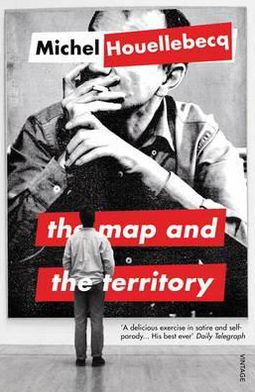
![Cover for Thomas Mann · Klassikere med forord: Doktor Faustus (Sewn Spine Book) [4th edition] (2014)](https://imusic.b-cdn.net/images/item/original/751/9788702127751.jpg?thomas-mann-2014-klassikere-med-forord-doktor-faustus-sewn-spine-book&class=scaled&v=1411932809)
![Cover for Isak Winkel Holm · Stormløb mod grænsen (Sewn Spine Book) [1st edition] [Indbundet] (2015)](https://imusic.b-cdn.net/images/item/original/798/9788702166798.jpg?isak-winkel-holm-2015-stormloeb-mod-graensen-sewn-spine-book&class=scaled&v=1431194780)
![Cover for Marguerite Duras · Gyldendal Skala: Lol V. Steins henførelse (Bound Book) [1st edition] (2018)](https://imusic.b-cdn.net/images/item/original/650/9788702233650.jpg?marguerite-duras-2018-gyldendal-skala-lol-v-steins-henfoerelse-bound-book&class=scaled&v=1513123276)
![Cover for Olga Ravn · De ansatte (Sewn Spine Book) [1st edition] (2018)](https://imusic.b-cdn.net/images/item/original/583/9788702265583.jpg?olga-ravn-2018-de-ansatte-sewn-spine-book&class=scaled&v=1521711504)
![Cover for Yahya Hassan · Yahya Hassan 2 (Sewn Spine Book) [1st edition] (2019)](https://imusic.b-cdn.net/images/item/original/866/9788702265866.jpg?yahya-hassan-2019-yahya-hassan-2-sewn-spine-book&class=scaled&v=1573199860)
![Cover for Alice Munro · Noget jeg gerne vil sige (Sewn Spine Book) [1st edition] (2020)](https://imusic.b-cdn.net/images/item/original/281/9788702286281.jpg?alice-munro-2020-noget-jeg-gerne-vil-sige-sewn-spine-book&class=scaled&v=1576228391)
![Cover for Michel Houellebecq · Serotonin (Sewn Spine Book) [1st edition] (2019)](https://imusic.b-cdn.net/images/item/original/932/9788763860932.jpg?michel-houellebecq-2019-serotonin-sewn-spine-book&class=scaled&v=1547395608)
![Cover for Thorbjørn Egner · Thorbjørn Egner: Klatremus og de andre dyr i Hakkebakkeskoven (Bound Book) [2nd edition] [Indbundet] (1997)](https://imusic.b-cdn.net/images/item/original/710/9788701761710.jpg?thorbjoern-egner-1997-thorbjoern-egner-klatremus-og-de-andre-dyr-i-hakkebakkeskoven-bound-book&class=scaled&v=1380282443)

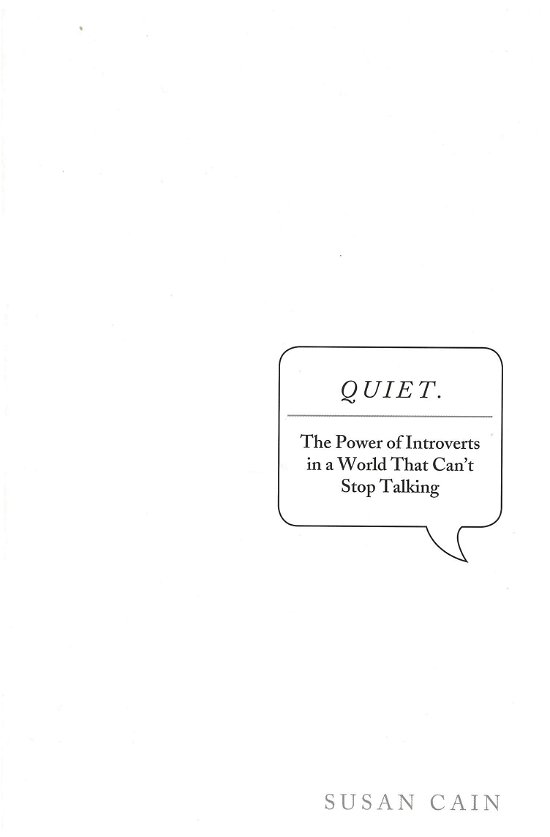

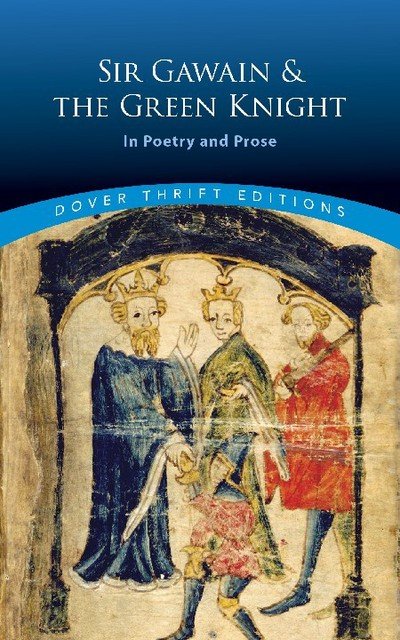
![Cover for Erich Auerbach · Mimesis: The Representation of Reality in Western Literature - New and Expanded Edition - Princeton Classics (Paperback Book) [Revised edition] (2013)](https://imusic.b-cdn.net/images/item/original/221/9780691160221.jpg?erich-auerbach-2013-mimesis-the-representation-of-reality-in-western-literature-new-and-expanded-edition-princeton-classics-paperback-book&class=scaled&v=1404939892)


